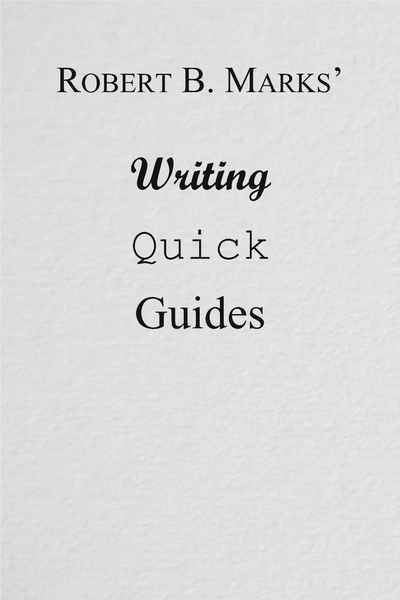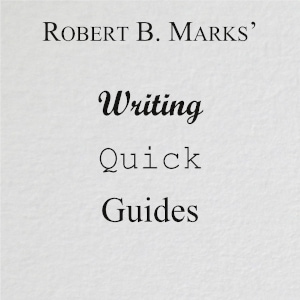If you're like me, then you've probably had a writing instructor, or teacher, or somebody hand you a bit of feedback with the words "Show, don't tell!" And, if you're like me, you wanted to strangle them then and there, or shout "I am showing!" or the like.
Well, here's the good news: your reaction was 100% warranted (so long as you didn't actually strangle somebody, of course). As much as teachers like to treat "Show, don't tell!" as simple or self-explanatory, it actually isn't. It is pithy, but it is far from simple. And a lot of people who use it don't actually know what it means.
So, what does it actually mean?
What it means is that rather than telling a reader a thing, you lead them by the nose into concluding that thing themselves.
For example, let's take the term "sexy" - a word that should never appear outside of dialogue. Rather than tell the reader that a character is sexy, you should describe the attributes that make them sexy. So, if we are talking about a female character (I use this example because I'm one of those rare people who is 100% on the heterosexual side, and I literally don't register male sexual attractiveness), you might describe her as having pouting lips, or a statuesque figure, or a playful twinkle in her eyes. The reader will then take all of this information, and conclude that this character is sexy.
Ideally, you should aim to always "show" when possible, but sometimes, that's not an option. Sometimes, you have to tell. Let's take our hypothetical sexy lady for a moment. Remember that playful twinkle in her eyes? Well, "playful" is telling rather than showing - we could get more granular than that. We could describe the things that make her gaze playful. But, that would, in many cases, be a mistake. We want the reader to do the mental arithmetic to come to the conclusion that our character is sexy, but we don't want to distract them from making that conclusion by buffeting them with other conclusions they need to draw first. The showing should generally be only one layer deep - any more and you risk getting lost in the details.
As for knowing when to show and when to tell, that just comes with practice.











Comments (0)
See all